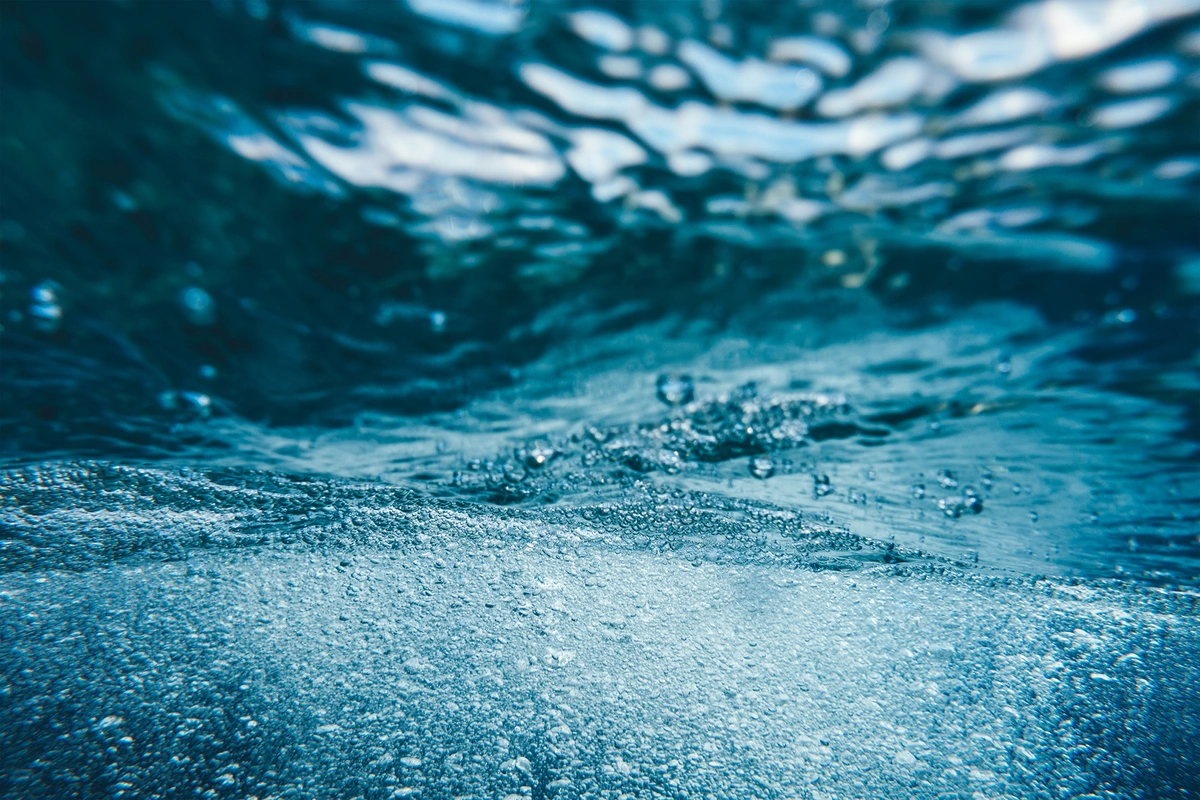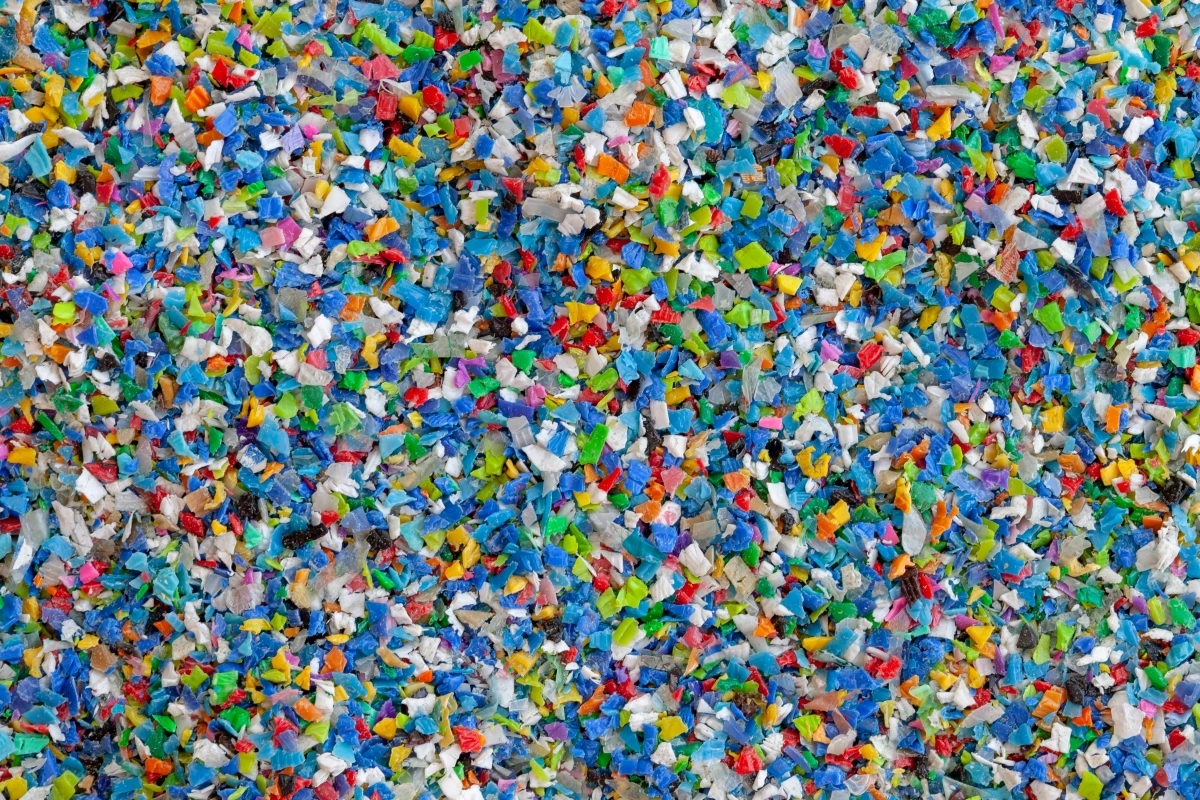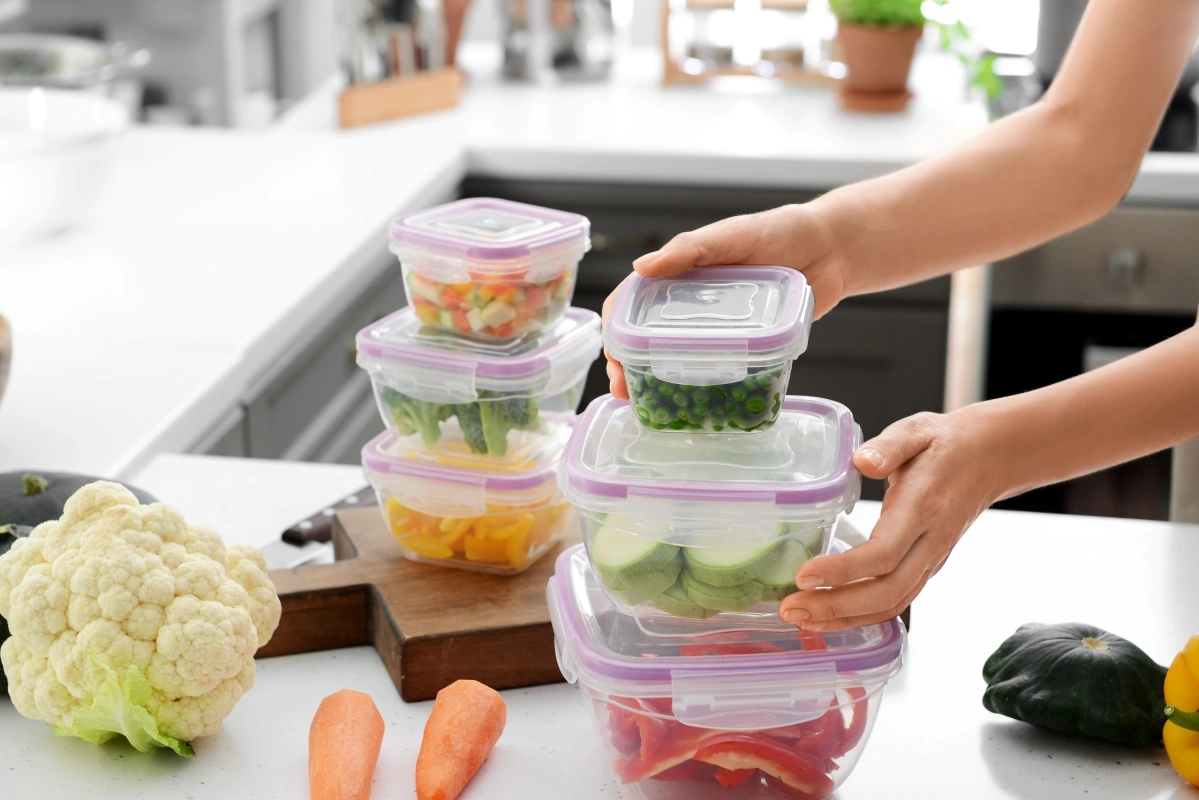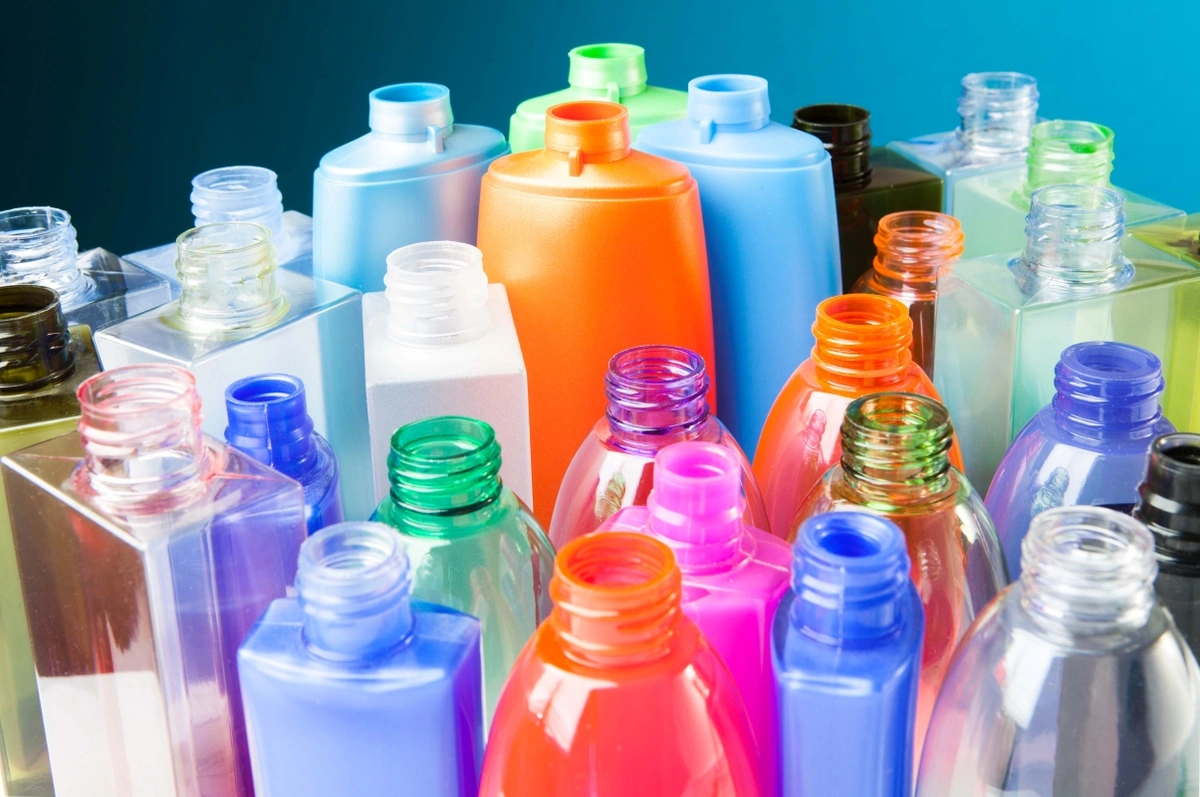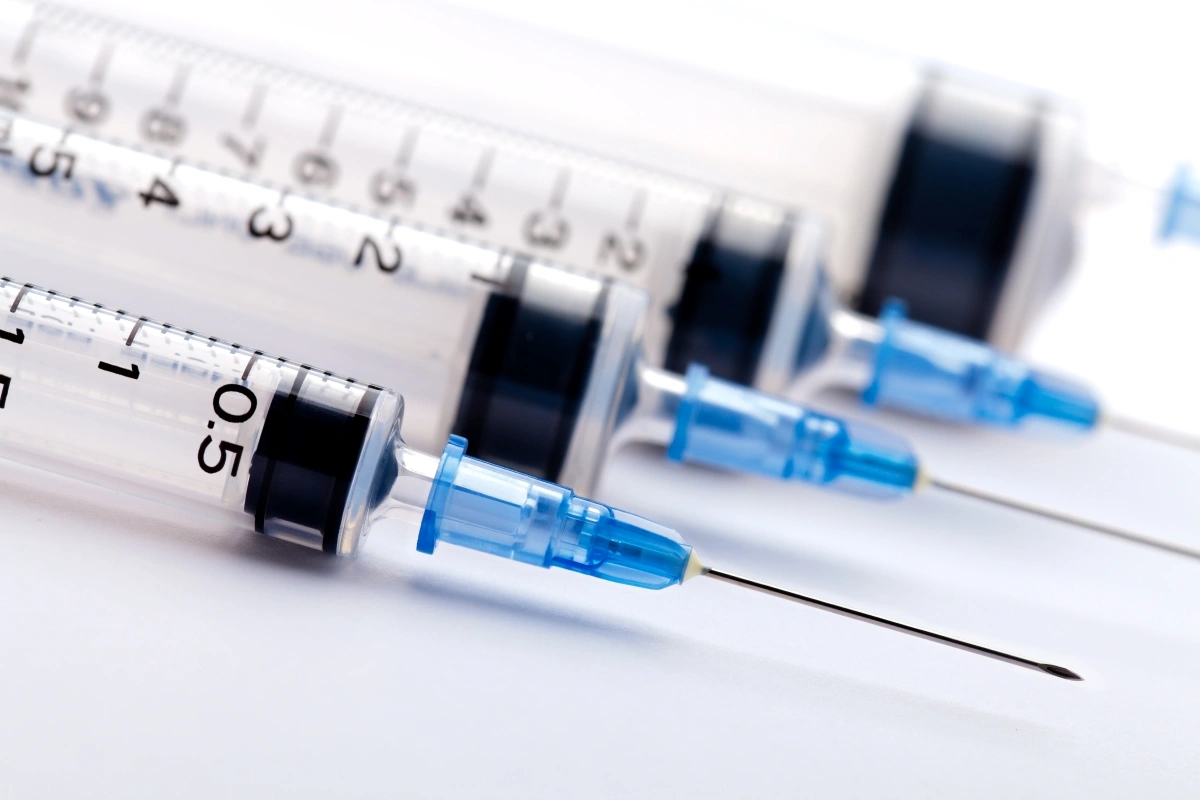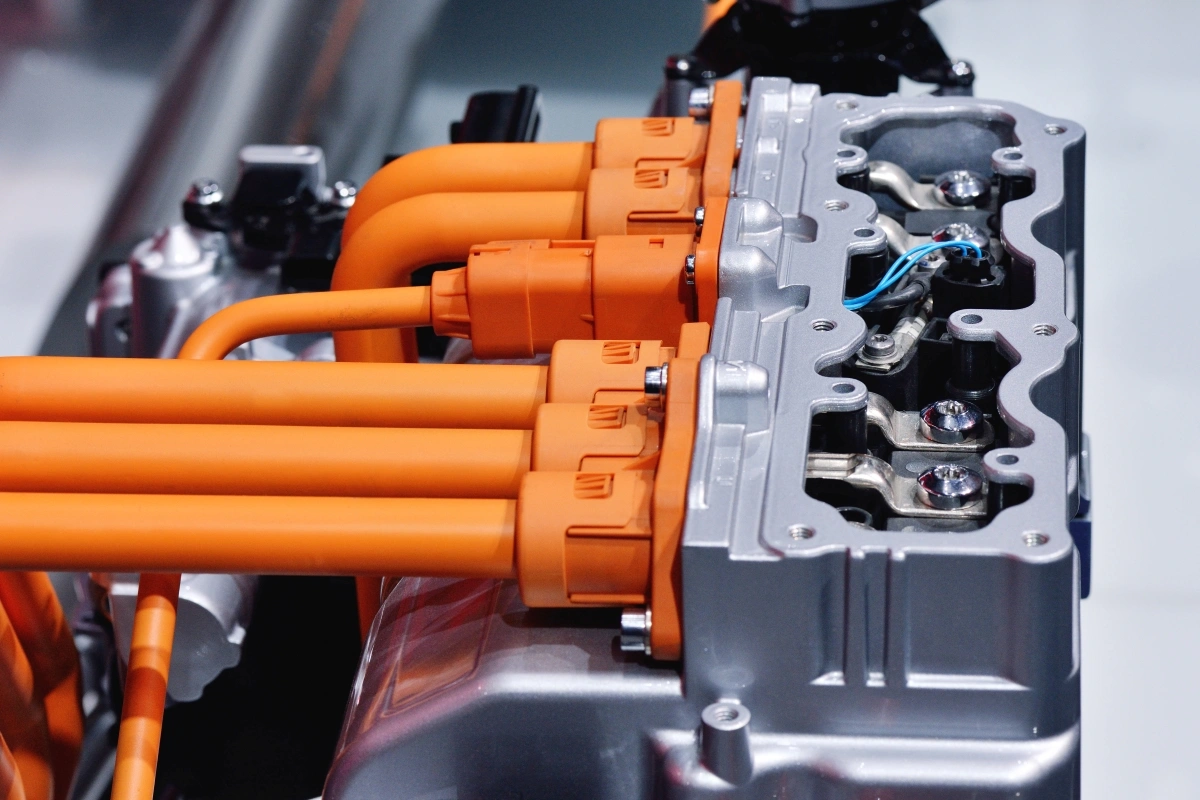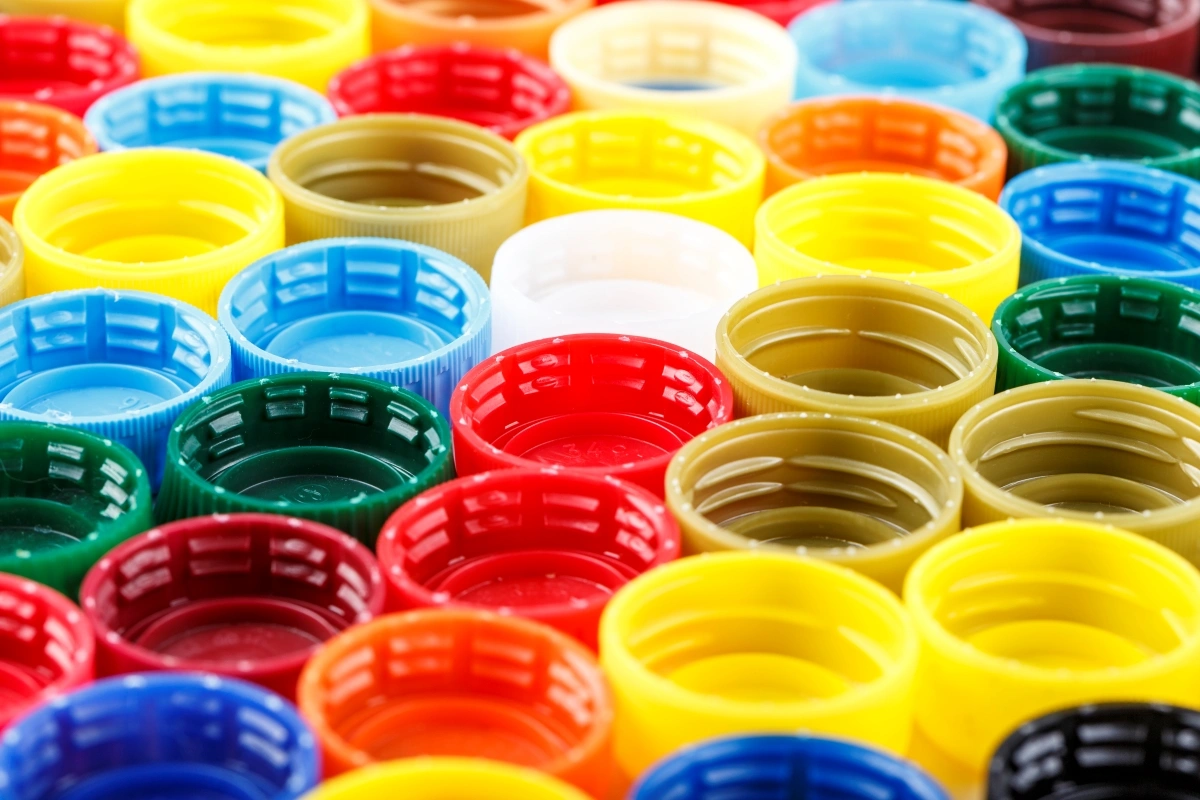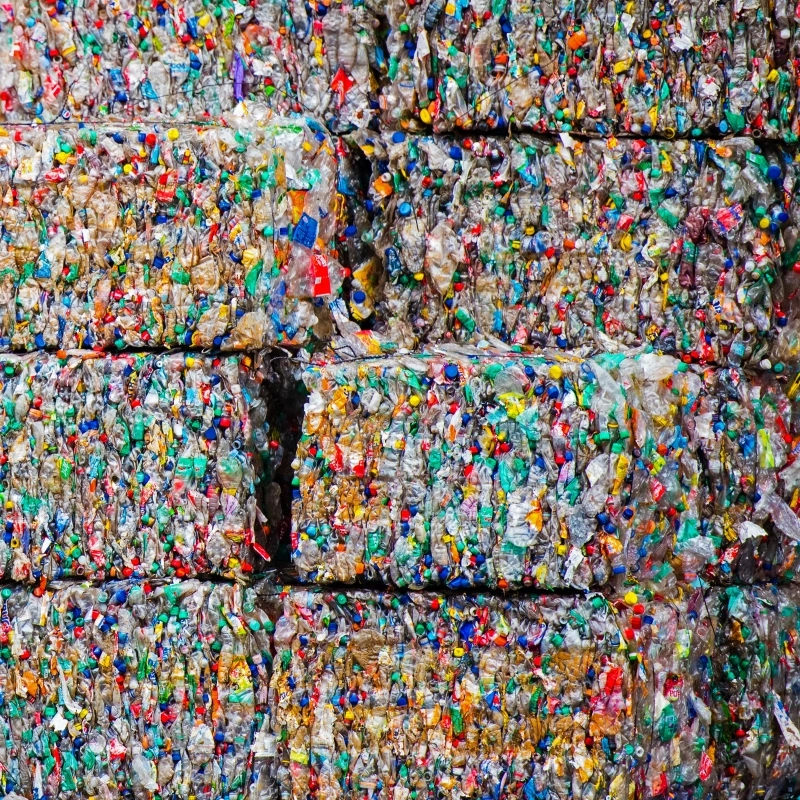Value regeneration from waste plastics
Today, HCT is at the core of Aduro efforts in value regeneration from waste plastics. The power and importance of HCT is that it takes direct aim at the plastics that, according to the United States EPA, represent over 70% of plastics in municipal solid waste streams. Those plastics are PE, PP, and PS. No other technology can deal with all three and with the contaminants that come along in recovered waste plastics. But Aduro scientists are not content to stop there. They are working hard to expand the company’s technology platform to make better products and regenerate ever-higher amounts of waste plastic.
Application of HCT to waste plastics has important advantages over chemical recycling alternatives. The regenerative chemistry innovation and its lower operating temperatures translate into lower emissions, higher purity products, and higher yields of useful hydrocarbon products from difficult-to-recycle plastics like foam cups and food packaging. And scalability means economies of scale do not limit its viability for deployment in remote localities with low volumes of plastic waste.
